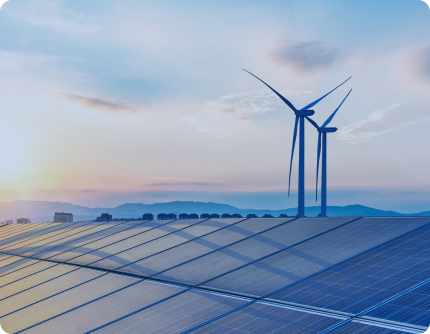Peak and Off-Peak Electricity Plans: Everything You Need to Know
If your energy bill is giving you sleepless nights, then changing the time of day you use your energy-guzzling household appliance could be the solution. If you have a “time-of-use tariff”, which means that the amount you will pay for energy will vary based on the time of day you use it, then a simple change in your routine could save you money.
Understanding peak and off-peak electricity times and rates are critical to lowering your overall power consumption costs, assuming these times and rates apply to you. With electricity and energy, all the buzzwords and acronyms can be confusing, with “peak” and “off-peak” being two of the most commonly used but easily misunderstood.
You can reduce your bills in two ways if you know how much electricity you use and when the different rates apply to your household. Use smart timing, and only using appliances, heating, cooling and lighting at specific times of the day or scout around for a better energy deal.
This post discusses how peak and off-peak rates differ and what it means if you see these words on your power bills or when you compare energy plans.
What Does Peak Usage Mean on a Bill
The words “peak usage” will appear on most of our electricity bills, but this will mean different things to different customers, depending on your energy tariff.
You pay the same price regardless of the time of day if you have a single-rate tariff.
However, energy retailers continue to refer to these prices as “peak usage”. This is especially true if you have a controlled load, which means you pay a lower rate for water heating or your pool pump.
You pay different prices for electricity depending on the time of day if you have a time-of-use tariff. In this case, your bill’s peak usage component will reflect the energy used during peak electricity times.
What is the Time-Of-Use Electricity Charge?
If you have a time-of-use plan, you will be charged differently depending on when you use electricity. When both the costs of generating electricity and the demand for grid electricity are low in the middle of the night, the cost of using electricity is also low. However, the electricity rate is higher when both the costs of generation and the demand for electricity from the grid are high, such as on the afternoon of a hot summer day.
How Can I Tell if I am Paying Peak or Off-Peak Electricity Rates?
If you have a “time-of-use” or “flexible pricing” tariff, you will only pay peak or off-peak electricity rates. This will necessitate the installation of a smart meter on your property.
You should only be on a time-of-use tariff if you have discussed it with your energy retailer and believe it will benefit you financially (if you use more power during the day or late at night than in the early evening). As per providers like Origin Energy, “time-of-use tariffs” can be expensive if your energy use routines do not correlate appropriately.
You could quickly become confused if you have a single-rate tariff and believe you pay different rates for power at different times of the day. You could have been putting off purchasing household appliances for years for no reason. The vast majority of Australian households are on a single-rate tariff. Check your bill or contact your energy provider if you need clarification on which tariff you’re on.
What are the Current Time Periods For Use?
Peak period electricity is the most expensive when demand is high, typically in the late afternoon and early evening on weekdays. Off-peak electricity is the cheapest when demand is at its lowest and is available overnight and on weekends. “Shoulder” refers to the time between peak and off-peak hours when the cost is lower than during peak.
Seasonal and weekday usage rates may differ from weekends and holidays. The amount they differ depends on your plan and retailer. Understanding these time periods allows you to make decisions about when you use power and when it is cheaper.
What are the Peak Electricity Hours?
Peak electricity demand occurs when the grid is under stress. On weekdays, electricity peak hours are typically between 3 p.m. and 9 p.m., as this is when most people use power at home. However, depending on the season, these times may differ in some states.
What are the Off-Peak Electricity Hours?
Off-peak electricity times are when there is less demand for power on the grid. On weekdays, off-peak times are typically in the late evening and early morning, from 10 p.m. to 7 a.m.
Finally, What Can You Do to Save Energy During Peak Hours?
It doesn’t matter whether you are at home or in the office; there are many ways to save energy, manage demand and reduce your power bill during peak times.
If you are not using appliances like TVs, computers and laptops, it is best to switch them off. Leaving them on “standby” means they’re still using power. When you are going on holiday, turn off all unnecessary appliances.







